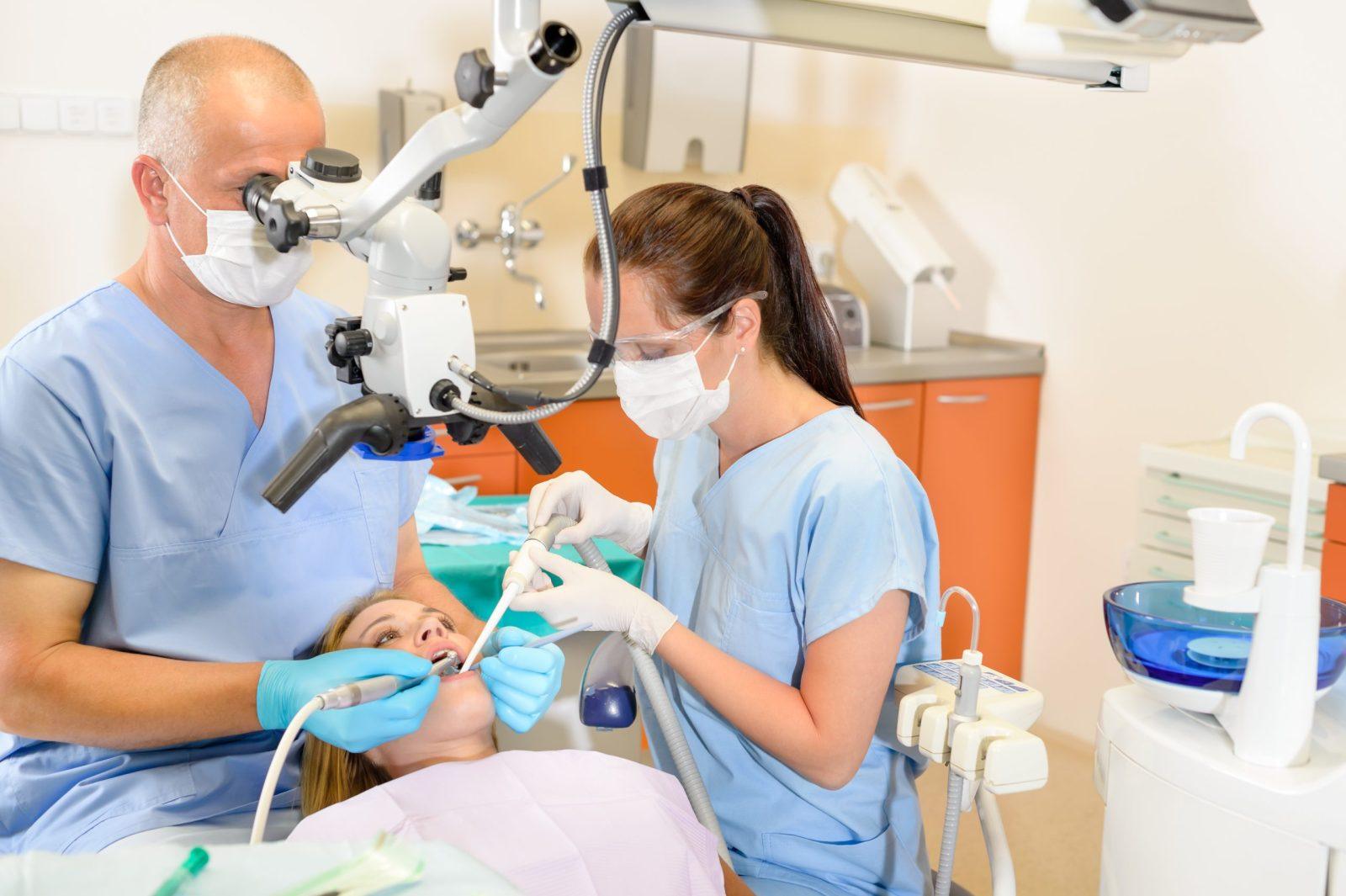The following OSHA Bloodborne Pathogens Standard for California Dental Healthcare Providers Training is designed to educate dental healthcare providers on the purpose of OSHA’s Bloodborne Pathogens Standard. Having an understanding of how to protect your staff and patients from incidents in the workplace is important in your dental practice.
What you will learn:
- Key bloodborne pathogens of concern in dental healthcare settings
- Modes of transmission of bloodborne pathogens
- The principles of Standard Precautions
- The importance of infection control practices in preventing the spread of bloodborne pathogens
- Safe work practices
- The types of personal protective equipment (PPE) required
- Hepatitis B vaccination
- The importance of post-exposure evaluation
- Specific requirements for California dental healthcare providers
- Potential workplace hazards
- The importance of maintaining accurate records relating to bloodborne pathogen exposures
- Responding to emergency situations involving bloodborne pathogens
Details
Course length: 1 hour. Dental CEU: 1
Languages: American English
Key features: Audio narration, learning activity, and post-assessment.
Get Certified
American Medical Compliance (AMC) is a leader in the industry for compliance, Billing, and HR solutions. To become certified, please visit us at: American Medical Compliance (AMC).
Reach out for other courses by visiting the AMC Course Library.
What are Bloodborne Pathogens?
Bloodborne pathogens are pathogenic bacteria that can cause disease in humans. These pathogens include hepatitis B (HBV), hepatitis C (HCV), and HIV. Needlesticks and other sharps-related injuries can expose staff to bloodborne infections. Furthermore, workers in a variety of jobs, including first responders, housekeepers in some industries, nurses, and other medical professionals, may be at risk of contracting bloodborne diseases.
Additionally, contact with blood or other fluids like semen, saliva, etc, that are clear or visibly contaminated with blood may pose a risk for transmission of pathogens in the workplace. This could also increase the risk of disease within your dental practice.
How can I Reduce my Exposure to Pathogens?
To decrease or eliminate the risks associated with occupational exposure to pathogens present in blood, an employer must establish an exposure management strategy for the workplace that includes details on employee safety measures. The plan must also specify how an employer will implement engineering and work practice controls, personal protective gear and equipment, employee training, medical surveillance, hepatitis B vaccinations, and other elements mandated by OSHA’s Bloodborne Pathogens Standard (29 CFR 1910.1030). Engineering controls are the major means of eliminating or reducing employee exposure, and they include the use of safer medical instruments such as needleless devices, shielded needle devices, and plastic capillary tubes.
California-Specific Amendments and Requirements
In that state of California, your dental practice must have a biological cabinet. The biological cabinet is a ventilated cabinet for personnel protection with an unrecirculated inward airflow away from the staff operating the device and high-efficiency particulate air (HEPA) filtered exhaust air for environmental protection. Also the biological cabinet is operated with the insertion of only the hands and arms of the user, which is where virulent pathogens are used.
To learn more about OSHA bloodborne pathogen standards for your California dental practice and maintain safe practices, click the button below.



